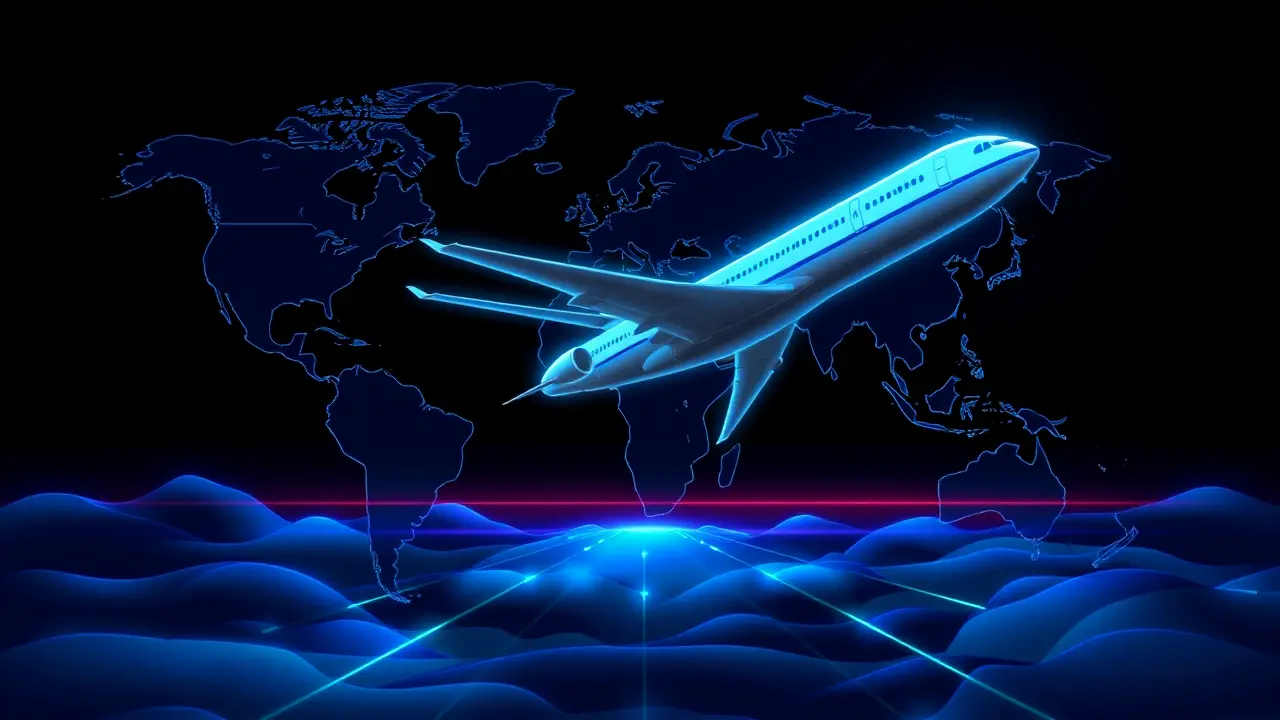US Proposes Ban on Chinese Airlines Using Russian Airspace
The Trump administration's sudden proposal to ban Chinese airlines from utilizing Russian airspace for U. S.routes represents more than a simple regulatory skirmish; it is a calculated escalation in the geopolitical chess game that risks triggering a cascade of retaliatory measures with profound consequences for global aviation and diplomatic stability. This move, unveiled by U.S. transport regulators on Thursday, ostensibly aims to level the playing field, arguing that Chinese carriers gain an 'unfair advantage' by flying shorter, cheaper routes over Siberia while American airlines are barred from the same airspace due to sanctions imposed on Russia following its invasion of Ukraine.Beijing's swift condemnation on Friday, warning of damage to American businesses and people-to-people exchanges, was a predictable opening gambit, but the underlying strategic calculus is far more complex. From a risk analysis perspective, this is a high-stakes gambit.The immediate operational impact is clear: Chinese flights from cities like Shanghai to New York, which can be up to two hours shorter over Russia, would suddenly become longer and more expensive, eroding their competitive edge on some of the world's most lucrative routes. However, the secondary and tertiary effects are where the true risks lie.We must consider scenario A: a tit-for-tat response from China, potentially involving restrictions on U. S.cargo carriers or overflight rights for military aircraft in the South China Sea, further fracturing an already brittle bilateral relationship. Scenario B involves Russia, which could see this as an opportunity to further deepen its economic and strategic alignment with China, potentially offering even more favorable terms in a unified front against Western pressure.Historically, airspace has been a powerful political weapon; recall the Soviet Union's closure of its airspace during the Cold War, which forced airlines like Pan Am to develop longer, southern routes, reshaping global aviation maps for decades. The current situation echoes that precedent, but with a critical twist: the global aviation industry is still recovering from the pandemic's body blow, and supply chains remain incredibly fragile.A sudden re-routing of a significant portion of trans-Pacific capacity would strain air traffic control systems, increase fuel consumption and emissions, and likely lead to higher ticket prices for consumers worldwide, injecting fresh inflationary pressure into a strained global economy. Expert commentary from aviation analysts suggests that while U.S. carriers like United and Delta would theoretically benefit from a more level competitive field, they lack the immediate capacity and aircraft to fill the void left by constrained Chinese competitors, meaning the overall market could shrink, hurting everyone.Furthermore, this policy could backfire by accelerating China's development of its own long-haul aircraft, the COMAC C919, aiming to reduce dependence on Boeing and Airbus, thereby damaging a key U. S.export industry in the long run. The proposal also exposes a fundamental tension in U.S. foreign policy: the attempt to isolate Russia through sanctions inevitably creates collateral damage and forces uncomfortable choices with allies and adversaries alike.This is not merely an aviation dispute; it is a proxy battle in the wider systemic competition between Washington and Beijing, with the future of global connectivity and the rules-based international order hanging in the balance. The risk of miscalculation is high, and the flight path ahead is fraught with turbulence that could affect economies and diplomatic channels far beyond the terminals of JFK and PVG.
It’s quiet here...Start the conversation by leaving the first comment.
© 2025 Outpoll Service LTD. All rights reserved.
